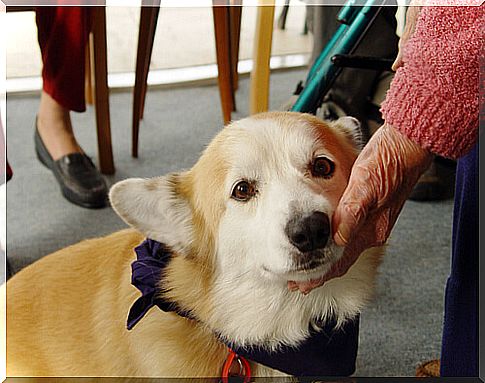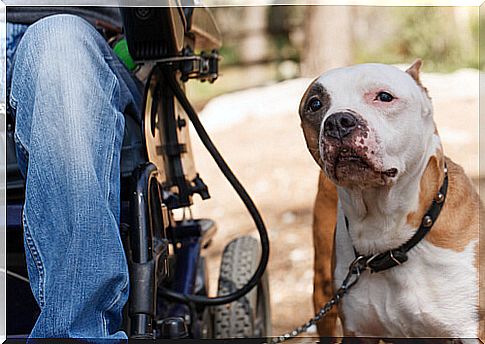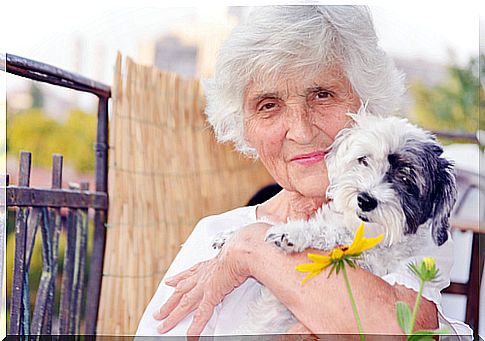Therapy Dogs: Know Everything About This Profession

With the advancement of technology, we are immersed in an electronic world that makes us dependent on devices that make us believe that we have a wide social life, when in reality what they do is separate us from people and create difficulties for us when it comes to relating to each other. face to face.
Chaos, globalization and other factors that are added to the above, create social needs for which new alternative services must be sought.
One of these alternative services is therapy dogs. It has been proven that dogs have a great ability to connect with our emotions and therefore provide us with what we need at all times.
Now, let’s start from the beginning and see what therapy dogs are and what they do.
What are therapy dogs

They are dogs specifically trained to be part of a therapeutic team whose goal is to achieve specific objectives.
The participation of dogs in therapies brings good results on a physical, emotional, preventive, educational and other level. This is so because the presence of an animal in therapeutic exercises motivates the person to perform certain activities that they would not otherwise do.
How do they train them?
The training of the therapist dogs lasts between 4 and 8 months and is carried out through positive reinforcement. It is achieved through work and daily effort.
During those days they are taught to have great self-control of their rear motor power, so that they are able to walk through narrow places without pulling anything with their tail. These therapy dogs also learn not to lick unless allowed to.
They are taught not to be upset by loud noises, unpleasant pavements, and strong smells, like those in a nursing home or hospital. They are also subjected to simulated situations to check their reactions and thus be able to assess what type of pathology they can best fit into.
These therapy dogs that are chosen to be specially trained must be at least one to one and a half years old.
They are given obedience reminders and should practice at least one hour of exercise daily. Like any other dog, they need to feel that they are doing well, therefore, the trainers are in charge of giving them treats to keep them constantly motivated.
What are therapy dogs used for?

These therapy dogs are used in hospitals, psychiatrists, schools that have been through stressful situations (a shooting, for example), nursing homes and prisons.
Each area needs something different, so the trainings are personalized. We must not confuse assistance dogs, such as guide dogs, for example, with therapists.
In the case of assistance dogs, they live with the people they help and are capable of detecting medical alarms or helping to facilitate daily tasks.
Therapy dogs live with their guide and are introduced to therapy sessions with the goal of enhancing the cognitive, sensory, automotive and socialization systems.
For example, when an elderly person enters a nursing home, the most normal thing is that, seeing himself in the last stage of his life, his self-esteem falls apart. That is where the action of the therapist dog comes in, participating in activities that aim to reinforce the emotional deficiencies of the patient.
On the other hand, in the case of a child with cancer, it may be enough to simply include him in activities other than the usual ones with one of the therapy dogs and thus break his routine and make him forget the stress resulting from the treatment to which he is being subjected. .
So, depending on the place and the circumstances of the people that the therapy dogs help, their work to do will be one or the other.
But regardless of the work that therapy dogs do, their goal is always the same: to help people make their lives better and to be able to say “I love myself .”
Isn’t it a luxury to have such a loyal species that is capable of being trained for such noble purposes?









